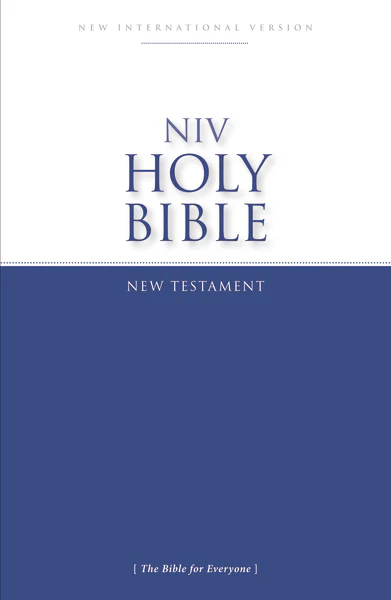The Bible, revered by billions worldwide, exists in numerous translations, each aiming to make its profound messages accessible to diverse audiences. Among these translations, three stand out as the most popular due to their widespread use and influence: the King James Version (KJV), the New International Version (NIV), and the English Standard Version (ESV). Let’s delve into their origins, contexts, distinctive styles, denominational usage, and personal preferences.

1. King James Version (KJV):
Commissioned in 1604 by King James I of England, the KJV was an endeavor to produce a new translation that would unify various English church factions under one authoritative text.
The KJV is renowned for its majestic and poetic language, characterized by Elizabethan English, which lends a sense of reverence and grandeur to the text. Its translators aimed to balance accuracy with literary beauty, resulting in a timeless masterpiece that has influenced English literature for centuries.
The KJV is widely used among Protestant denominations, especially those with a more traditional or conservative stance, including Baptist, Methodist, and Anglican churches.

2. New International Version (NIV):
The NIV emerged in the 1960s and 1970s as a response to the need for a contemporary
English translation that would maintain accuracy while being accessible to modern readers. It was produced by a diverse team of scholars and linguists.
The NIV is praised for its clear and fluid prose, striking a balance between readability and
faithfulness to the original texts. Its language is contemporary and easily understandable,
making it popular among both scholars and everyday readers seeking clarity and accessibility.
The NIV is favored by a wide range of Protestant denominations, including Evangelical,
Pentecostal, and Charismatic churches, as well as some mainline Protestant groups.

3. English Standard Version (ESV):
First published in 2001, the ESV was created by a team of conservative evangelical scholars and theologians who sought to produce a translation that prioritized accuracy, literary excellence, and theological fidelity.
The ESV is known for its formal equivalence approach, which aims for word-for-word translation when possible, prioritizing fidelity to the original languages (Hebrew, Aramaic, and Greek). Its style leans toward the more formal end of the spectrum, appealing to those who value precision and theological depth in their study of scripture.
The ESV is commonly used in Reformed, Presbyterian, and conservative evangelical circles, where an emphasis is placed on doctrinal precision and theological depth.







